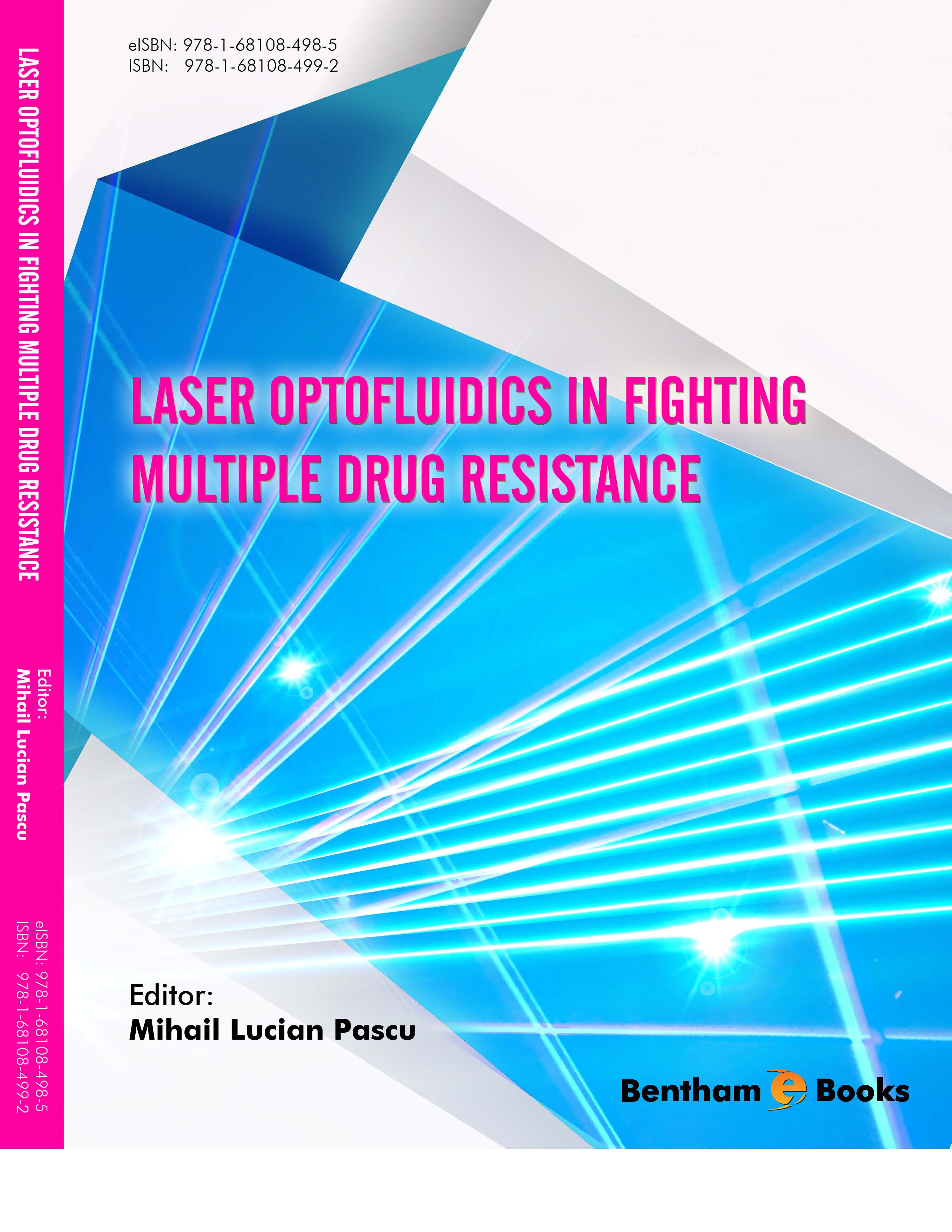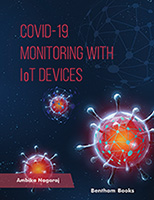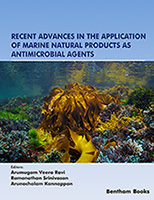Introduction
This monograph is a collection of reviews that presents results obtained from new and somewhat unconventional methods used to fight multiple drug resistance (MDR) acquired by microorganisms and tumours. Two directions are considered: (i) the modification of non-antibiotic medicines by exposure to un-coherent, or laser optical radiation to obtain photoproducts that receive bactericidal or, possibly, tumouricidal properties and (ii) the development of new vectors (micrometric droplets of solutions containing medicinal agents) to transport medicines to targets based on optical and micro spectroscopic methods.
Chapters shed light on pendant droplets used for antibiotic drug delivery, the science of lasers and their interactions with fluids in pendant droplets and spectroscopic analyses of droplets used to treat MDR infections. It therefore equips researchers and medical professionals with information about tools that enable them to respond to medical emergencies in challenging environments.
The intended readership for this monograph includes graduate students, medical doctors, fluid physicists, biologists, photochemists, and experts in drug delivery methods employed in extreme conditions (such as those found in outer space and hypergravity conditions) who are learning about using techniques such as laser spectroscopy, biophotonics and optofluidics/microfluidics.





